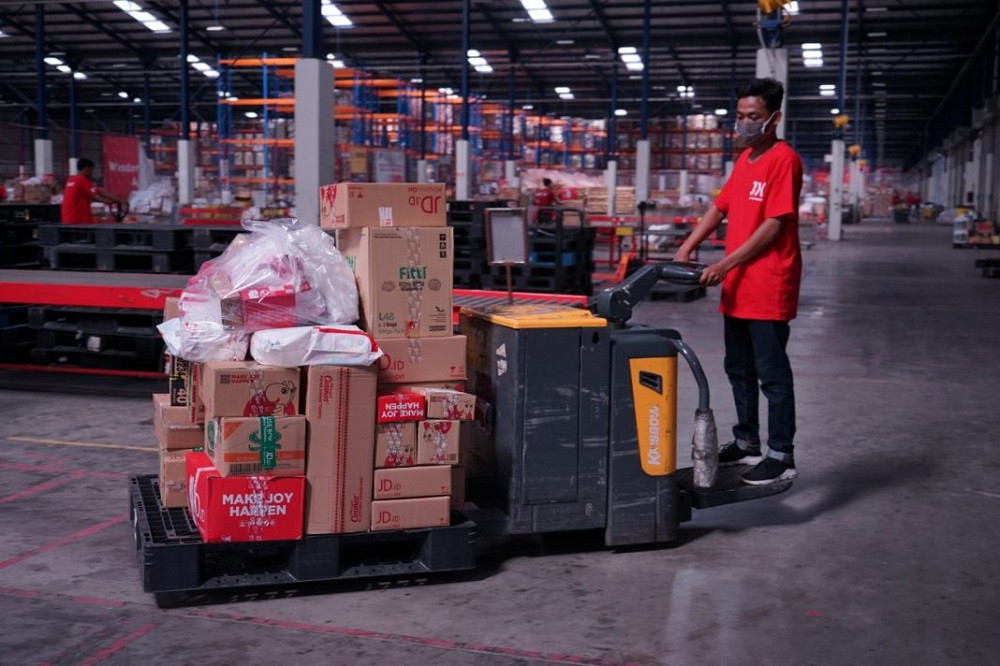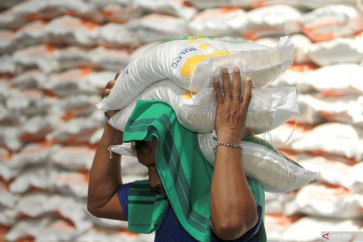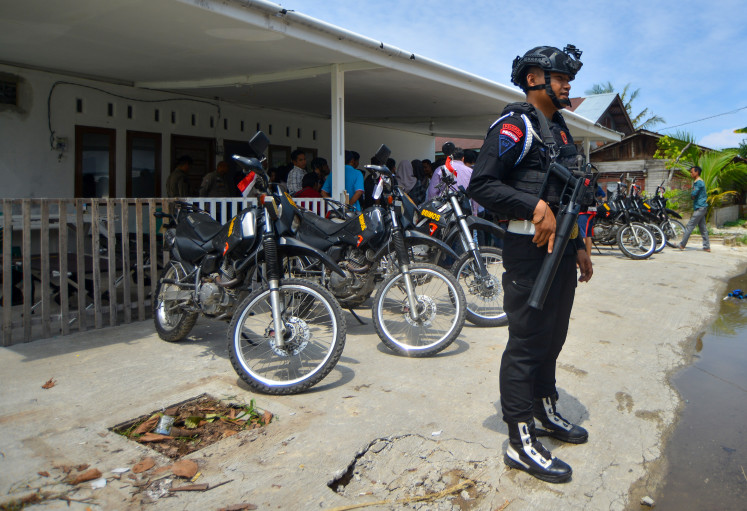Popular Reads
Top Results
Can't find what you're looking for?
View all search resultsPopular Reads
Top Results
Can't find what you're looking for?
View all search resultsRI’s JETP may draw more funds for energy transition in regions
Latest study forecasts social commerce to directly influence 25 percent or US$42 billion of annual e-commerce sales in Southeast Asia by the end of 2022, the majority of which happened on social-media platforms such as TikTok, Facebook and Instagram.
Change text size
Gift Premium Articles
to Anyone
L
atest study forecasts social commerce to directly influence 25 percent or US$42 billion of annual e-commerce sales in Southeast Asia by the end of 2022, the majority of which happened on social media platforms such as TikTok, Facebook and Instagram.
The inaugural report titled Social Commerce in Southeast Asia 2022 was released on Wednesday by Cube Asia, a market-intelligence company offering granular-market data, competitive insights and cost benchmarks for online retail in Southeast Asia.
“[Social commerce] trends are making [e-commerce] space more complex, leading different brands to ask the same questions about social commerce: ‘How big is it? Is it a viable channel for our brand? Is it profitable? Which platforms can help us scale it up?’,” reads the report.
The report categorizes the whole social-commerce segment into four archetypes, which are not mutually exclusive: live commerce, conversational commerce, community-group buy and social-platform commerce.
The latter contributed the largest figure in the Southeast Asia region with US$34 billion and this archetype refers to any form of sales activity that occurs directly on social-media platforms, whether it is live shopping, conversational commerce or community-group buy.
The report says social-platform commerce in Southeast Asia can grow by around 20-30 percent of compound annual-growth rate with a value of around $85 billion to $125 billion in five years.
Thanks to its various distinctive features and solutions, TikTok is currently leading the market, despite how Facebook and Instagram had a relatively massive head start.
However, Facebook was traditionally the goliath when it comes to live commerce; that is, until Meta, its parent company, removed the feature in October this year, a maneuver which expert believed to be Meta’s effort on making Instagram its ultimate stop for live commerce.
Read also: China leads live commerce boom, will ASEAN be next?
The live-commerce market itself has been reverberating loudly given how it grew by more than tenfold in 2022 alone to a respectable size of $13 billion, with Vietnam and Thailand the most-active audiences. According to the report, 55 percent of the traction takes place on social-media platforms and the rest was carried out elsewhere.
Meanwhile, conversational commerce transpires on social-media platforms exclusively; it is essentially a transaction where customers select a product and pay directly on a messaging app.
The value of Southeast Asia’s conversational commerce stands at $12 billion, although the report states that it indirectly affects a much larger volume of $500 billion through web chat, and $200 billion for online-to-offline transactions, meaning they initiated the transactions online and complete the purchases in brick-and-mortar stores.
Community-group buy, on the other hand, takes place on social-media platforms 50 percent of the time, with the other 50 percent on other platforms. Despite its low market share of just 2-3 percent in the social-commerce segment, the transaction value in this archetype still amounts to $5 billion.
Read also: Future of e-commerce in Indonesia is conversational
Community-group buy models can be broadly segmented into two types, in which both are influenced by the dynamics of small communities or groups.
The first is a Price-Led model where a group of people come together organically to unlock a special deal, and the second is an Agent-Led model in which a reseller provides services or value adds to the group’s members.
Sprinklr, a software company for all customer-facing functions, contributed to the report by compiling multiple sources including online surveys with over 15,000 respondents across Singapore, Indonesia, Malaysia, Philippines, Thailand and Vietnam.
Additional sources also include web crawling to collect thousands of data points across public sources, primary research of company literature and financial reports, as well as interviews with industry experts and stakeholders.










